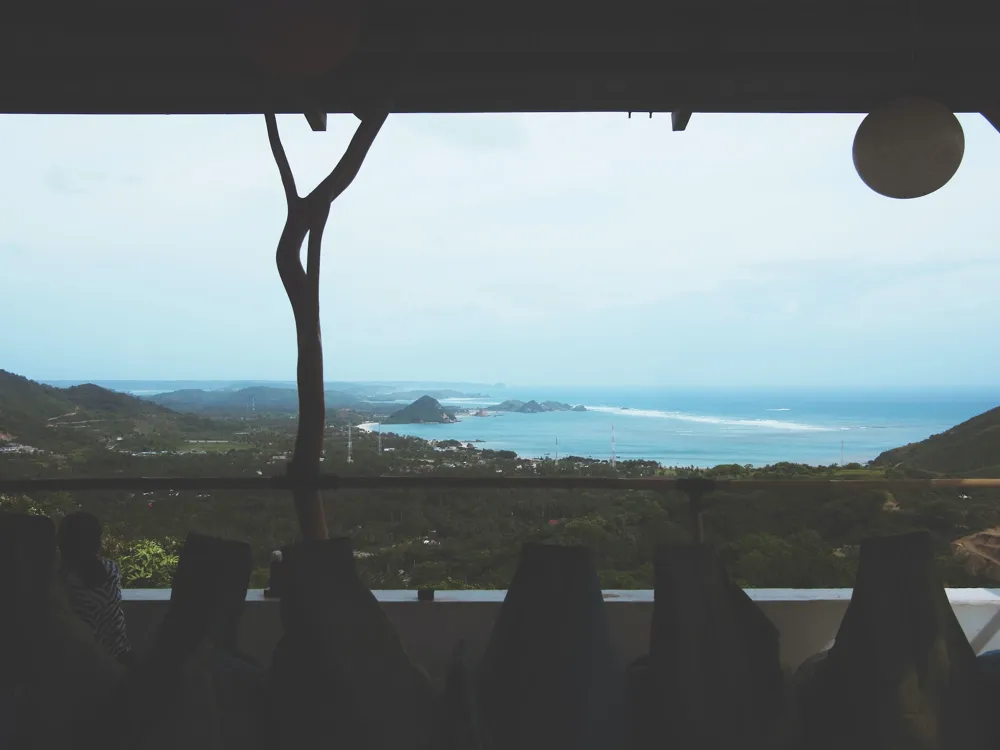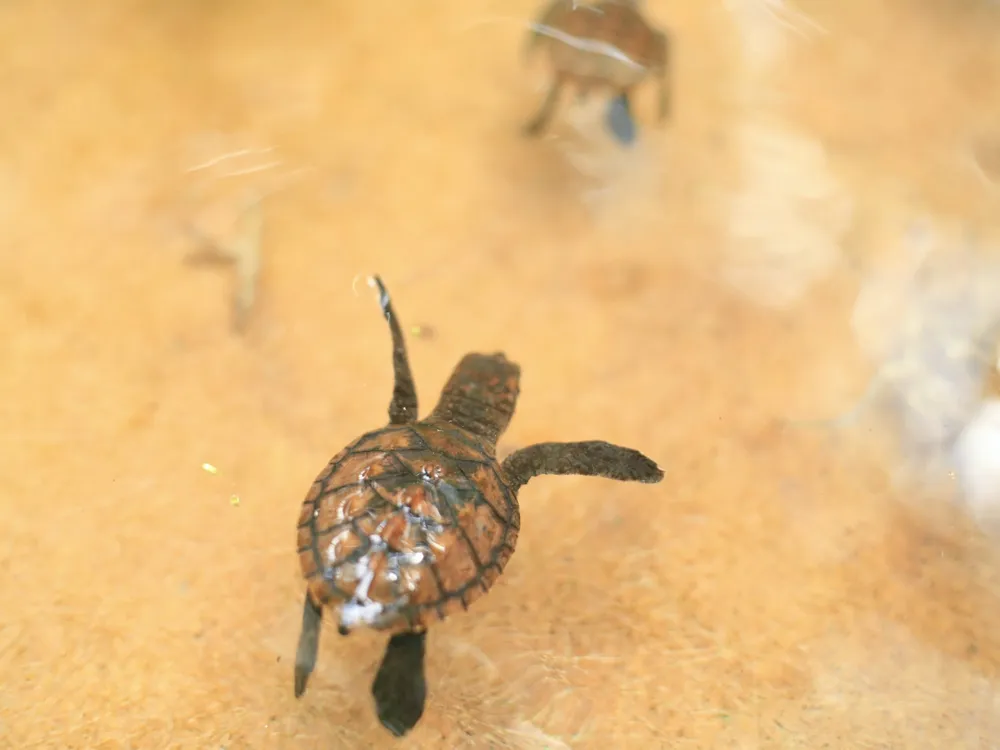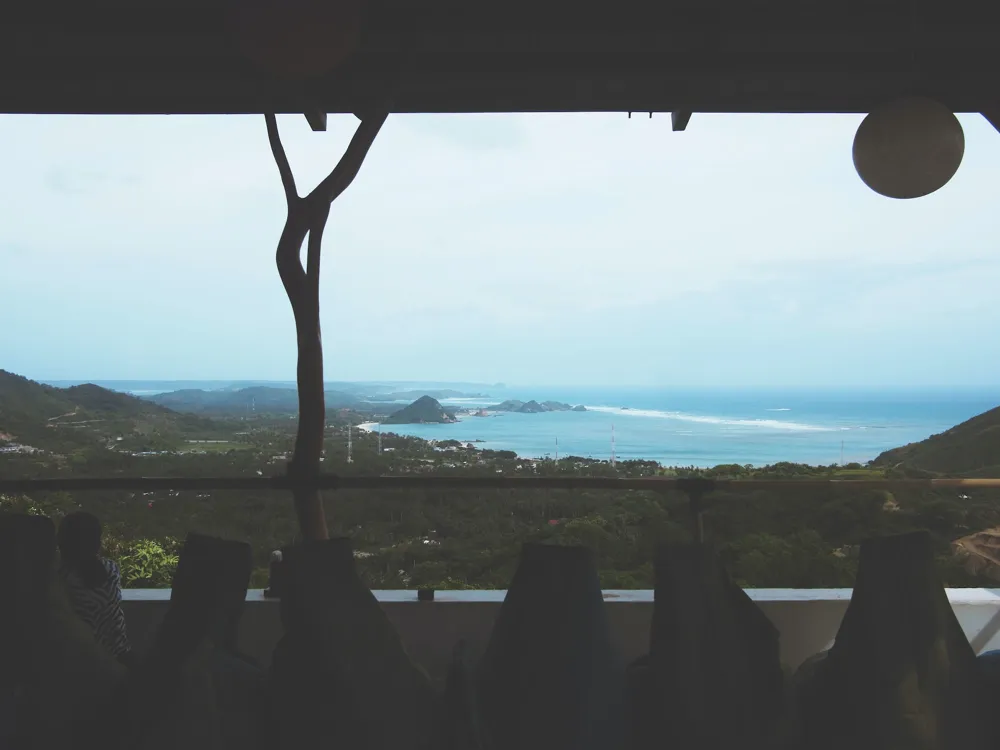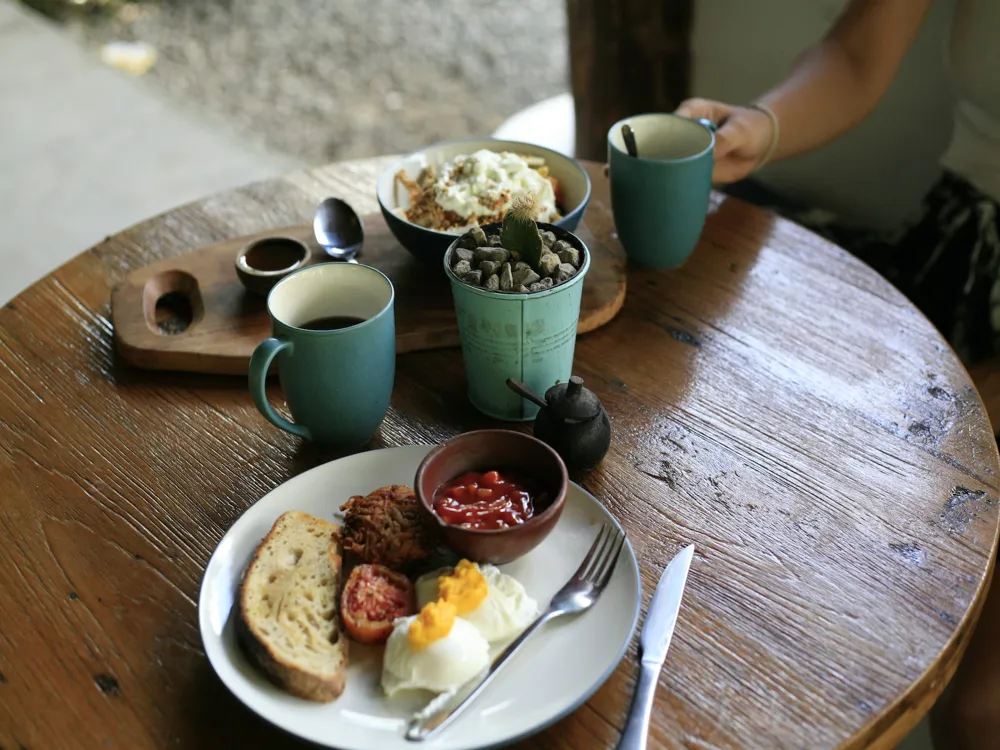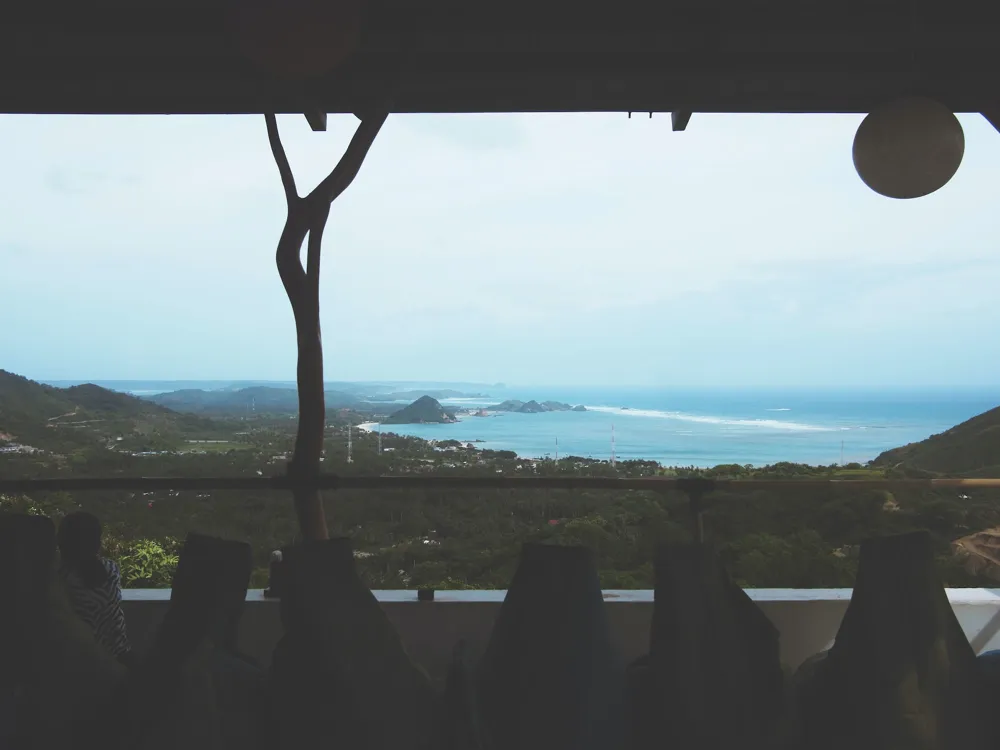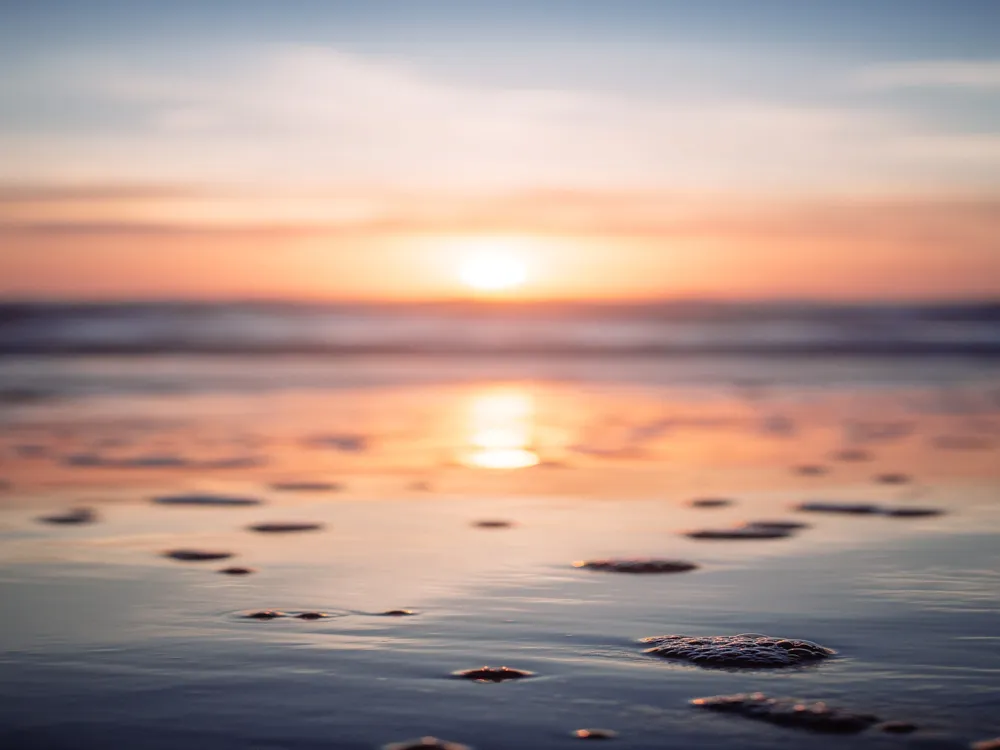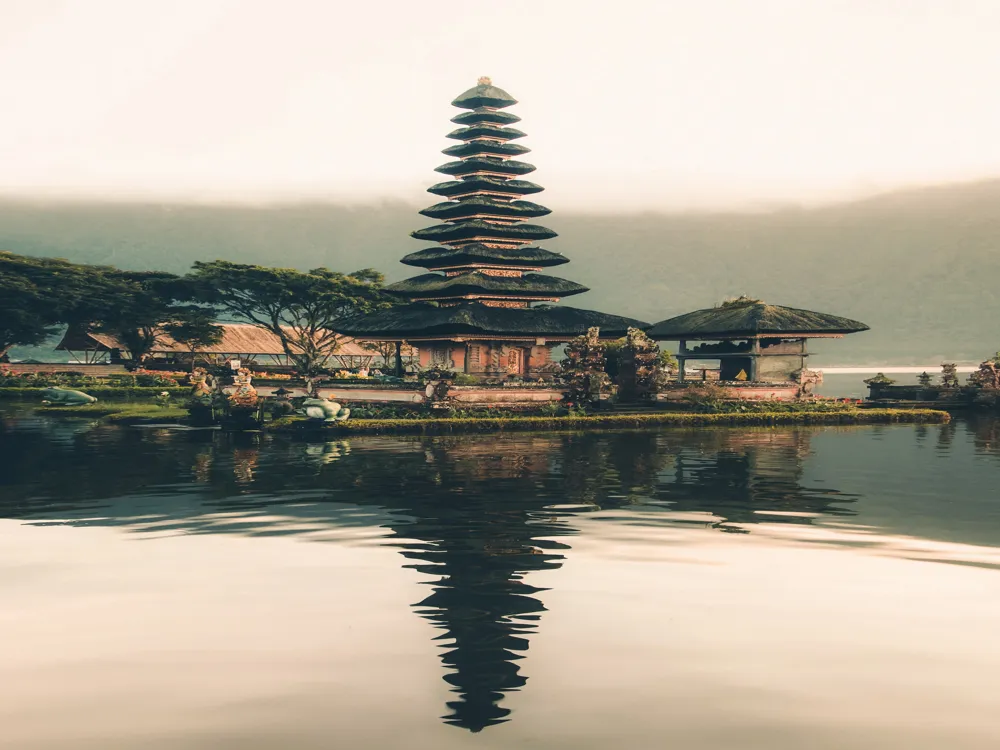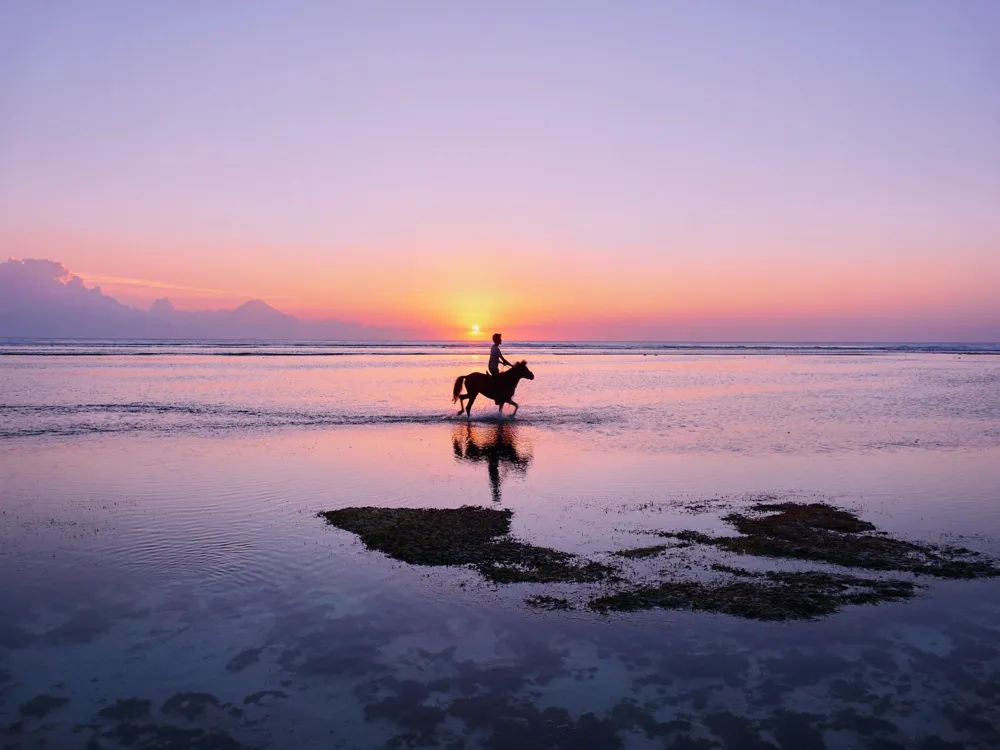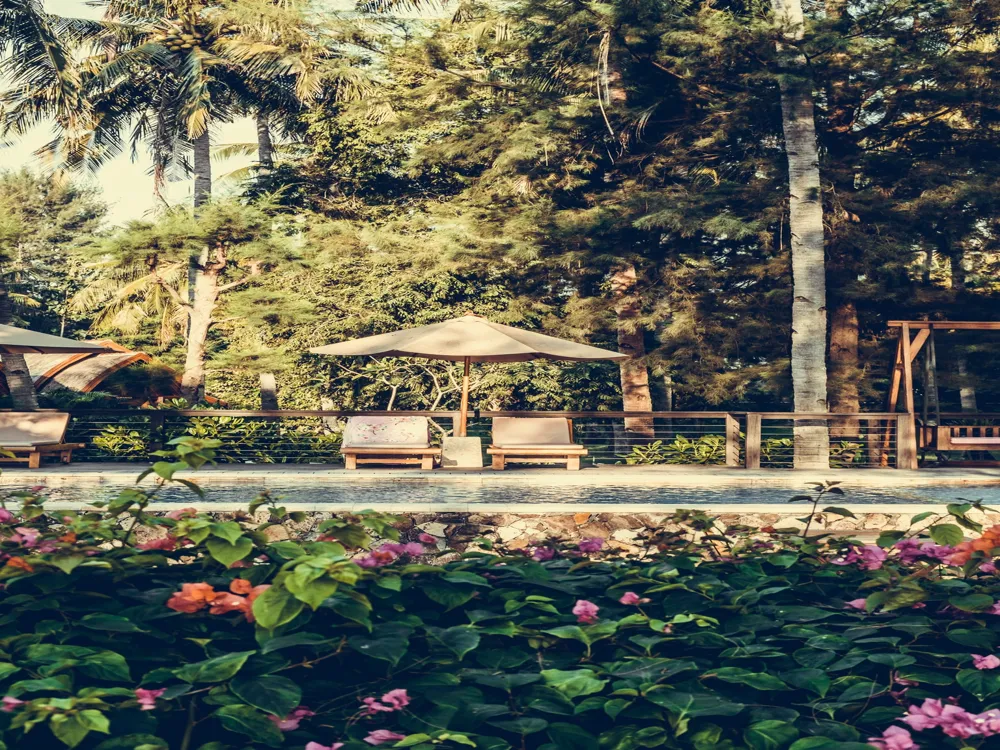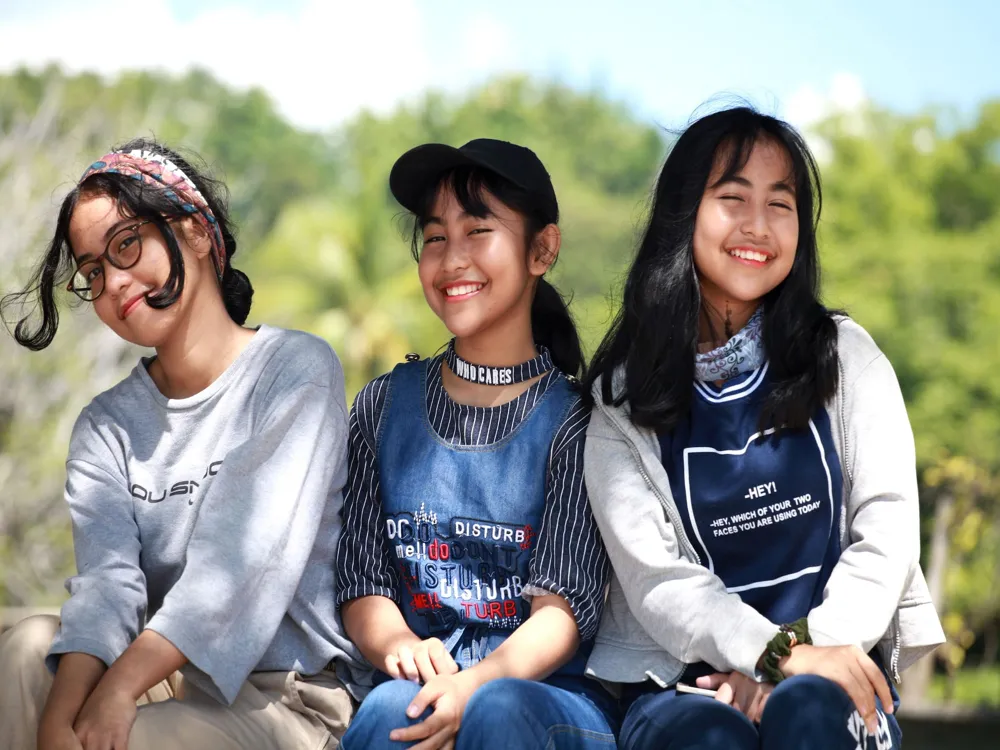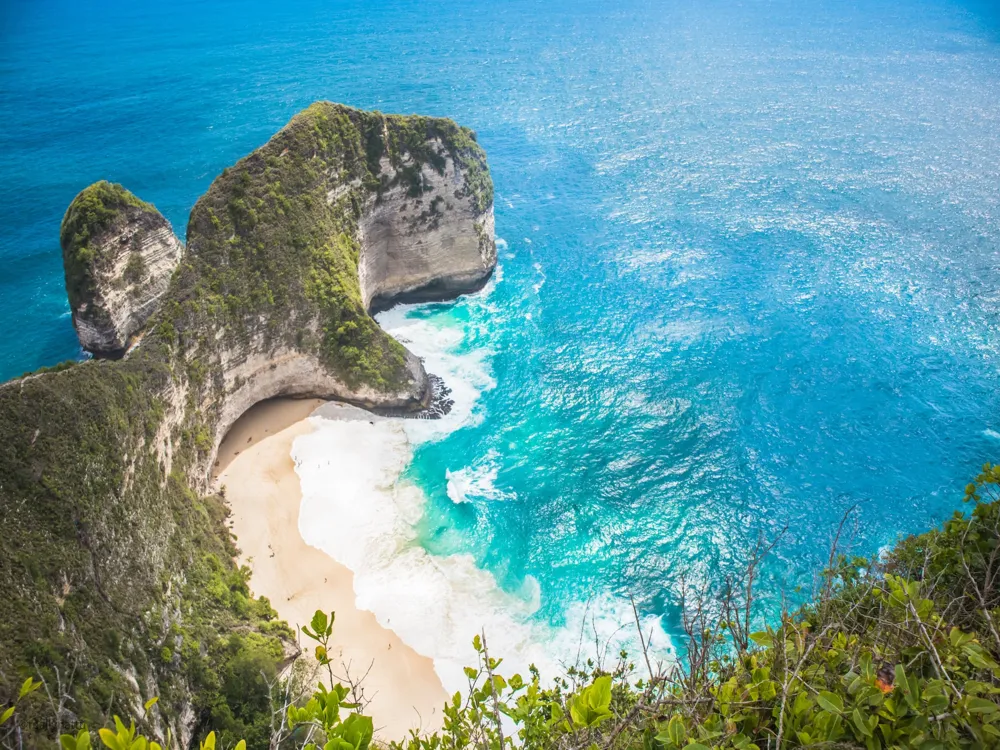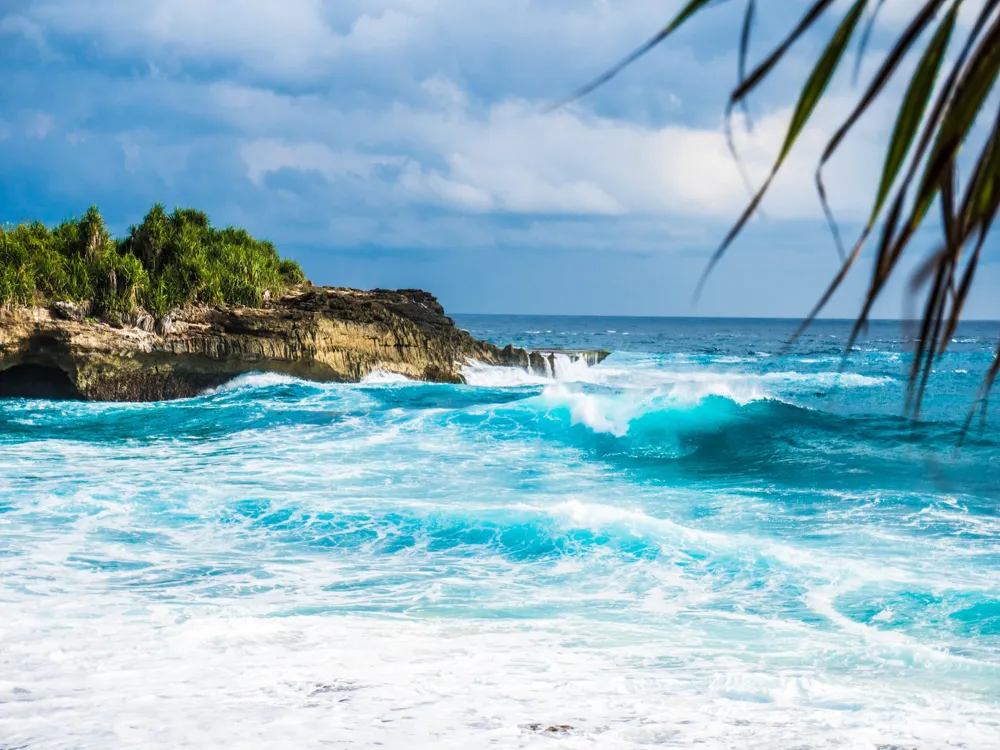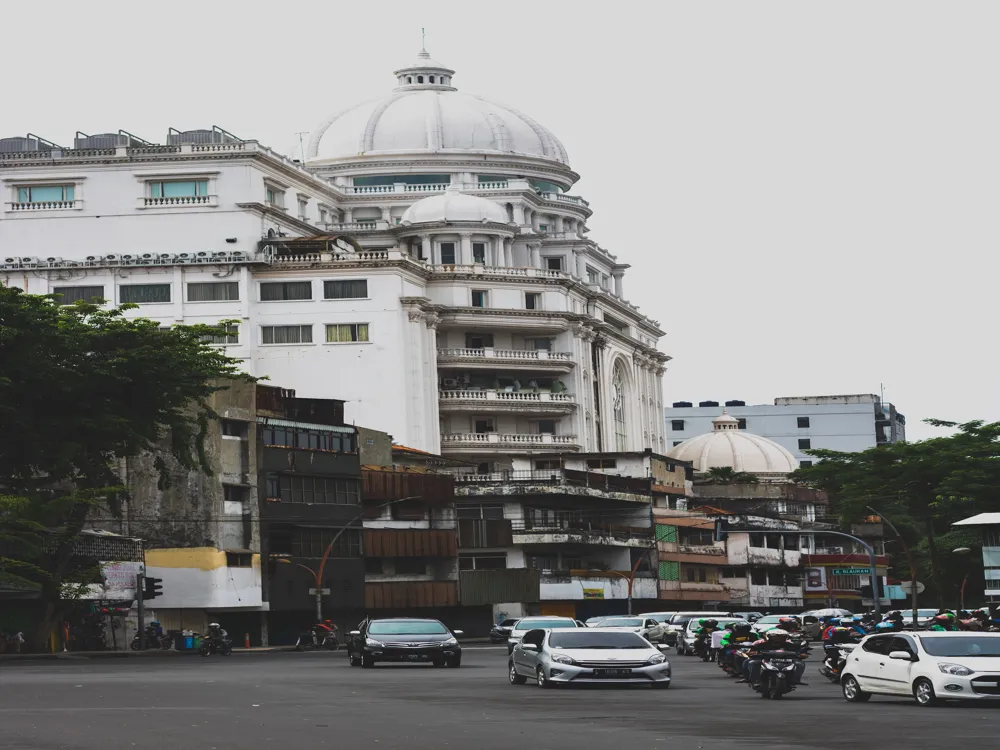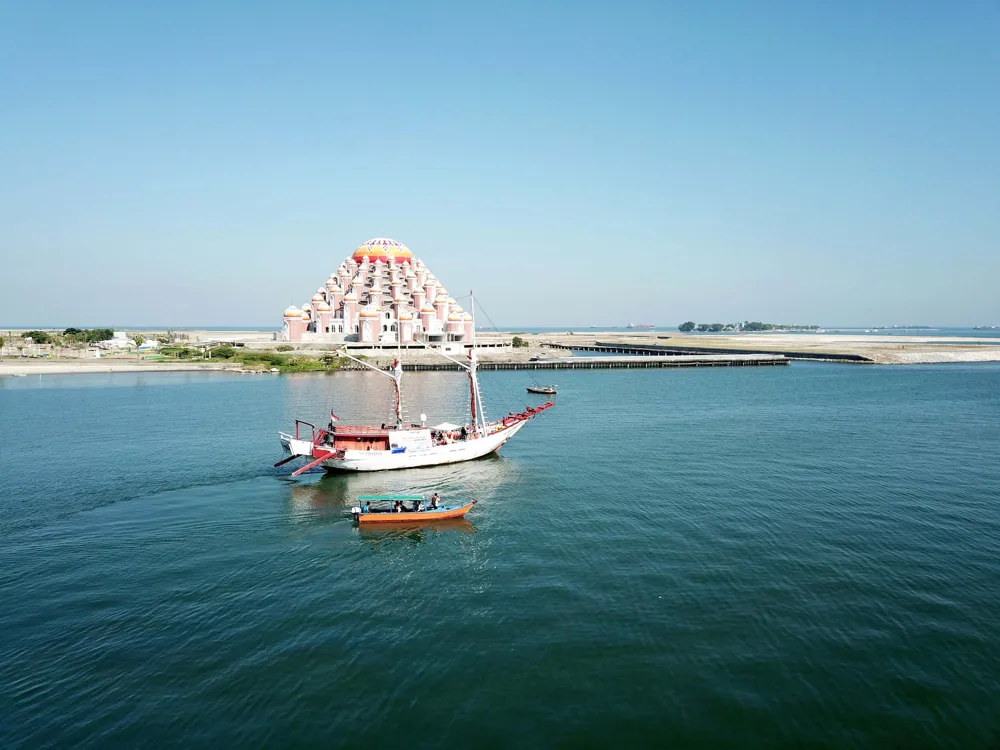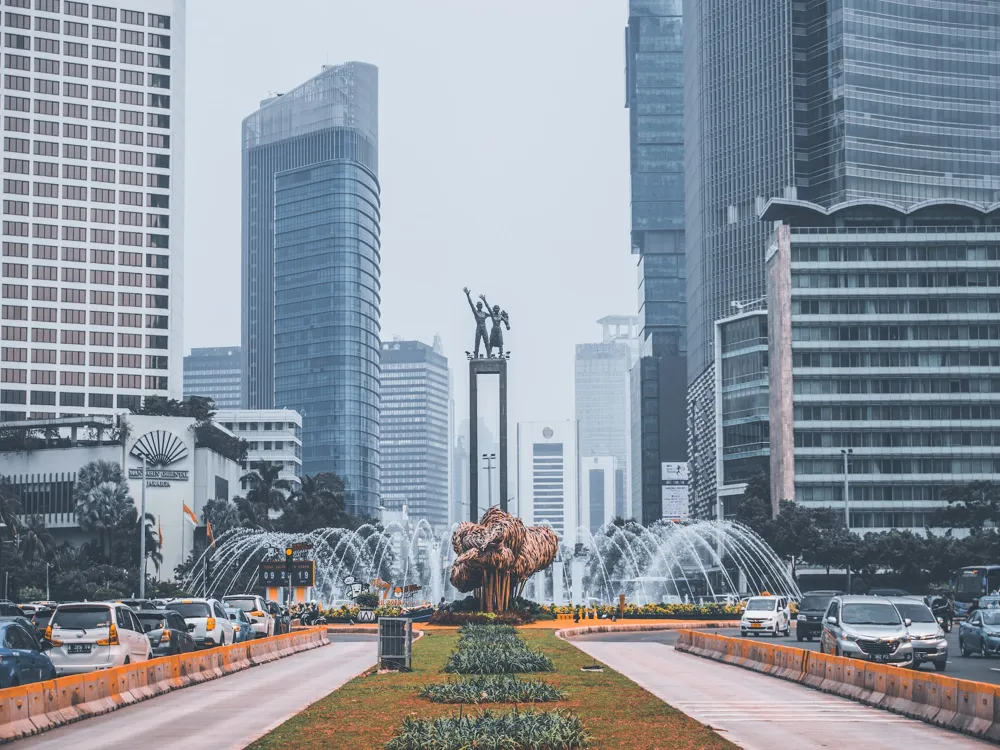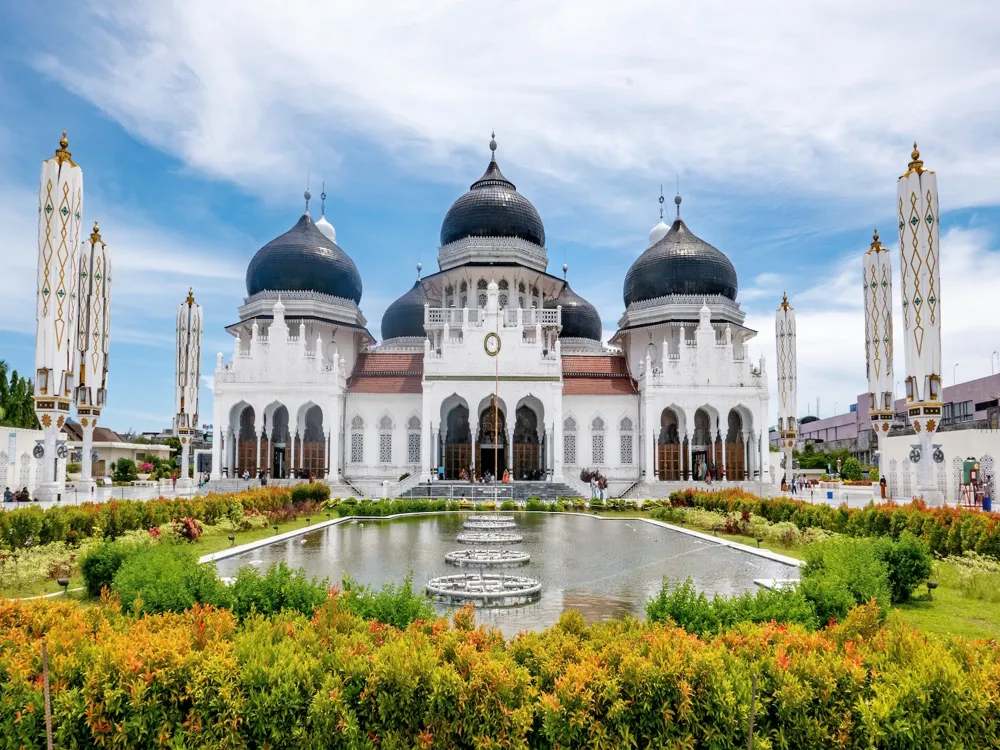Mount Rinjani, located on the island of Lombok, Indonesia, is a popular destination for trekkers worldwide. Known for its majestic summit, stunning crater lake, and challenging trails, Rinjani offers a unique trekking experience. The trek encompasses diverse landscapes, from lush forests to rugged terrains, and provides an opportunity to witness the breathtaking beauty of the island. The architecture of the Mount Rinjani Trek is primarily natural, formed by centuries of volcanic activity. The trek paths are designed to blend with the natural terrain, ensuring minimal impact on the environment. The primary features include the volcanic cone, Segara Anak crater lake, and hot springs. The routes and rest areas along the trek are strategically placed to offer both safety and spectacular views. Ensure you are physically fit and well-prepared. Carry essential gear like a sturdy pair of trekking shoes, weather-appropriate clothing, and a first-aid kit. Always trek with a guide for safety. Preserve the natural beauty of Rinjani by following the 'Leave No Trace' principles. Dispose of waste responsibly, and avoid disturbing the wildlife. The ideal time to trek Mount Rinjani is during the dry season, from April to November. The weather is more favorable, with clearer paths and less rainfall. Take time to acclimatize to the altitude. Drink plenty of water, rest adequately, and ascend gradually to prevent altitude sickness. To reach Mount Rinjani, you can fly into Lombok International Airport. From the airport, you can hire a taxi or take a bus to Senaru or Sembalun villages, the common starting points for the trek. It's advisable to arrange your transportation in advance through a travel agency or your accommodation in Lombok. Read More:Overview of Mount Rinjani Trek
The architecture of Mount Rinjani Trek
Tips When Visiting Mount Rinjani Trek
Preparation and Safety
Respect the Environment
Best Time to Visit
Acclimatization
How To Reach Mount Rinjani Trek
Mount Rinjani Trek
Lombok
₹ 3,886 onwards
View lombok Packages
Weather :
Tags : Trekking
Timings : Hours: Sun - Sat 05:00 - 23:00
Planning a Trip? Ask Your Question
Lombok Travel Packages
View All Packages For Lombok
Top Hotel Collections for Lombok

Private Pool

Luxury Hotels

5-Star Hotels

Pet Friendly
Top Hotels Near Lombok
Other Top Ranking Places In Lombok
View All Places To Visit In lombok
View lombok Packages
Weather :
Tags : Trekking
Timings : Hours: Sun - Sat 05:00 - 23:00
Planning a Trip? Ask Your Question
Lombok Travel Packages
View All Packages For Lombok
Top Hotel Collections for Lombok

Private Pool

Luxury Hotels

5-Star Hotels

Pet Friendly







